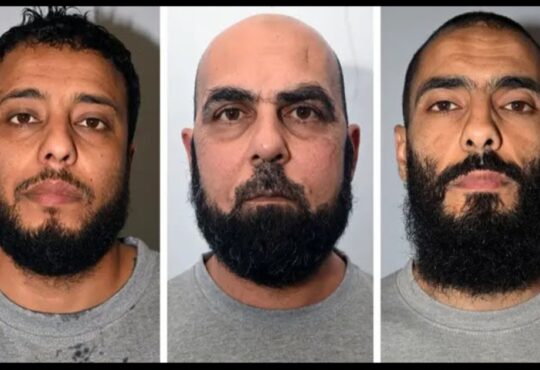
HM Revenue and Customs (HMRC) has sent out 370,000 letters urging older people to check their State Pension records after discovering that some individuals were underpaid due to missing National Insurance contributions.
So far, HMRC has identified 5,344 cases where State Pensions were underpaid, with total arrears amounting to £42 million. The Department for Work and Pensions (DWP) stated that the average back payment for those affected is £7,859.
The issue dates back to 2022, when it was found that some people were missing Home Responsibilities Protection (HRP) records from their National Insurance history. HRP was designed to help people who took time off work to care for children or sick relatives between 1978 and 2010, ensuring they did not lose out on their State Pension entitlement.
To correct these errors, the DWP and HMRC launched the Legal Entitlements and Administrative Practice (LEAP) program, which aims to identify individuals who should have received HRP but did not.
Since the program started, 493,813 people have checked their eligibility using the government’s online tool. The DWP has prioritized sending letters to those in their 60s and 70s, who are closest to State Pension age.
By September 2023, HMRC had already processed 37,289 applications from people over State Pension age and 5,428 applications from those under 66. So far, £42 million in back payments have been distributed.
The DWP estimates that the total amount of State Pension underpayments due to HRP issues could be between £300 million and £1.5 billion.
HRP was originally introduced to help people who had to take time off work for caring responsibilities, ensuring that their National Insurance records were protected. It was later replaced by National Insurance credits on April 6, 2010.
HMRC is reviewing National Insurance records from 1978 to 2010 to identify individuals who should have received HRP but don’t have it recorded. Estimates suggest that tens of thousands of people may be owed an average of £5,000 in back payments.
A broader awareness campaign is also being run by HMRC and the DWP to ensure that everyone who may be eligible knows how to claim the money they are owed.
People may have been entitled to HRP if they met any of the following conditions between 1978 and 2010:
- They were claiming Child Benefit for a child under 16.
- They were caring for a child while their partner claimed Child Benefit.
- They were receiving Income Support while caring for someone sick or disabled.
- They were looking after a sick or disabled person who was receiving certain benefits.
- Between 2003 and 2010, those who were foster or kinship carers in Scotland may also have been eligible.
Some people automatically qualified for HRP if they:
- Received Child Benefit for a child under 16 and provided their National Insurance number.
- Received Income Support for caring for someone sick or disabled without needing to register for work.
HRP can also be claimed for years spent caring for a sick or disabled person, as long as the care lasted at least 35 hours a week and the person being cared for received specific benefits.
For those who received Carer’s Allowance, HRP is not needed as National Insurance credits were automatically provided.
Anyone who believes they may have been affected can check their eligibility online using the government’s self-identification tool on GOV.UK.





